My experiences with keeping birds started with a pair of witless looking Gloster canaries (the ones with the crest) but was followed by a trio of diamond doves. Attending my first bird sale, I fell in love with these three little doves, having never seen the species before.
I had diamond doves right until we move house and would definitely have them again in the future. They are without doubt a brilliant start up species for anyone wanting to keep birds but wanting something different to finches and canaries.
The diamond dove – a proper dove
Let’s start with a little scientific classification. The diamond dove’s Latin name is Geopelia cuneata and it is member of the Geopelia genus of small doves with long tails. It is a close cousin of the Zebra Dove and Peaceful dove, also seen in aviculture.
This genus is a member of the family Columbidae – pigeons and doves. So, while the diamond dove might be small, it is a ‘proper’ dove and comes from the same overall family as the feral pigeons in our town centres alongside well known special such as the collared dove and wood pigeon, often seen in our gardens.
Diamond doves are around 9-11 inches or 19-21cm in length. There are a number of mutations but the normal colouration involves a blue-grey colour body with lighter shade on the bead and a creamy abdomen. Their tail and back is a brown-grey shade and they have rich brown wing feathers.
Both sexes have the white spots with black edges that gives them their name as well as an orange eye ring. Sexing is tricky though hens eye-rings are thinner than the cock’s and their plumage can be more brown than grey – but this isn’t conclusive.
Another way you can tell they are a proper dove is their call – they have the typical dove coo. The male’s display to his mate is impressive, bowing and cooing, with the tail fanning out like a miniature peacock. They have several different calls used depending on what they want to say and can even imitate other birds in their own way. They also coo to each other as a greeting and are very affectionate with their mates.
In the wild
These birds are native to Australia and are found across the country, based mainly on the terrain. They live in the dry central deserts in the north and central parts of the country and will migrate to the south and east areas if the desert conditions become too extreme. They like open terrain but do pop in to gardens and parks if there are watercourses nearby.
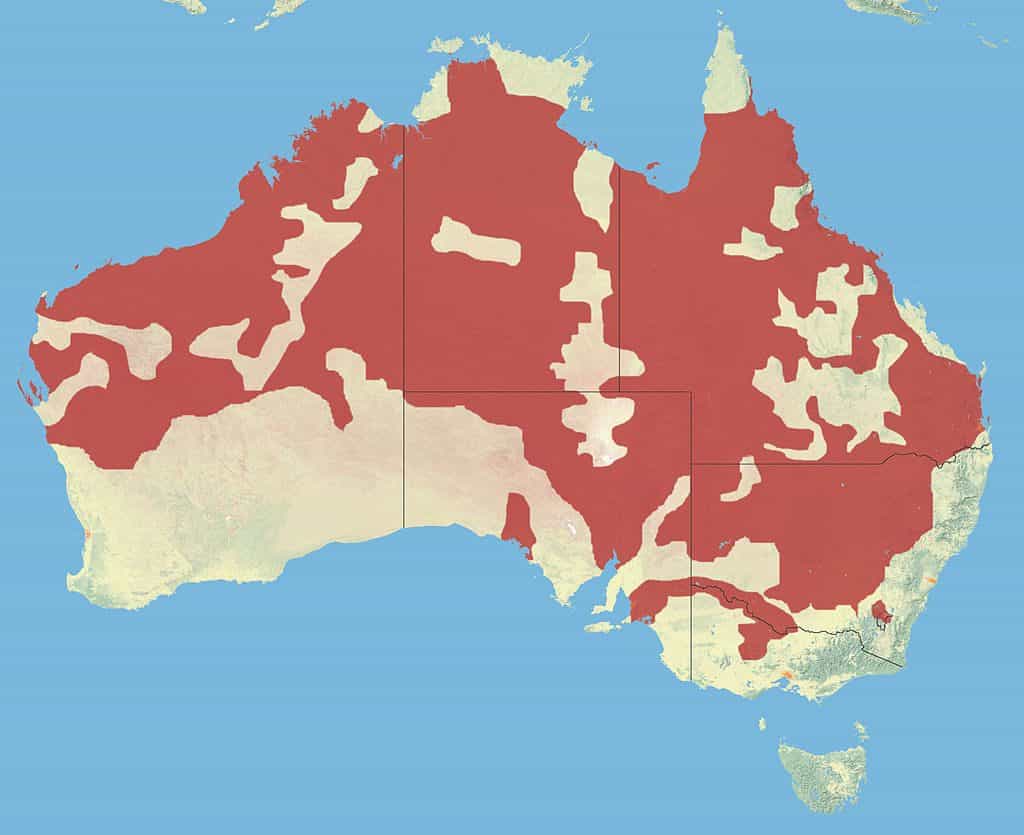
Diamonds are often seen on the ground where they pick up grass seeds and sometimes eat ants. They favour areas where there is drinking water and will often live in small groups or larger flocks in winter as well as in their pairs.
In captivity
Diamond doves are said to be the most popular species of dove in aviculture around the world and their ease of keeping and breeding is the main reason for this. They can be kept in cages though ones around 2 feet square would be the recommended minimum – they are prone to night frights and if there isn’t enough room, they can cause themselves quite serious damage.
I have my doves living with a number of finch species, canaries and even a couple of pairs of grass parakeets. Sometimes the zebra finches can pluck the doves for nesting material but I’ve noticed after a bit, the doves flap their wings and the finches find other resources. While they are quiet and don’t both other birds, they can stand their ground when they choose to.
Male doves can be a boisterous and some recommend keeping one pair per enclosure or at least one cock. I’ve found that if there is enough space for them to have an area each, then this isn’t so much a problem. And if there are fights, they tend to be a lot of flapping and chasing but not real violence.
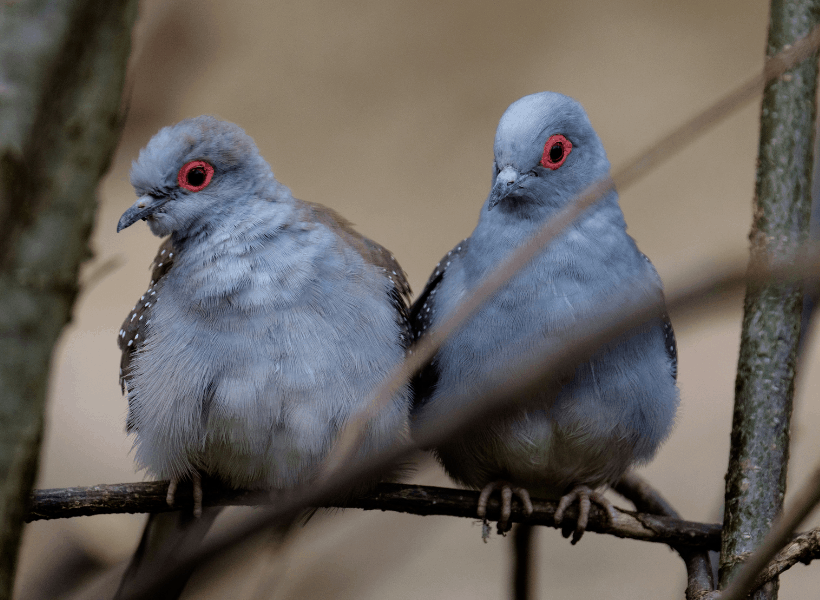
I’ve always fed my doves a similar diet to the rest of the finches with a foreign finch mix being the basis. They don’t eat tough big seeds or fresh foods well because their beak isn’t designed for it but I have found they enjoy blue maw as a treat seed. They will eat some leafy greens such as kale and do have grit available at all times.
Breeding diamond doves
First thing to know about doves, in my experience, is that they aren’t great nest builders and some choose terrible sites for their nests! You can buy special dove nesting boxes that look like an open, square platform but I’ve found mine often use a canary nesting pan that has some nesting material in it until it forms a platform.
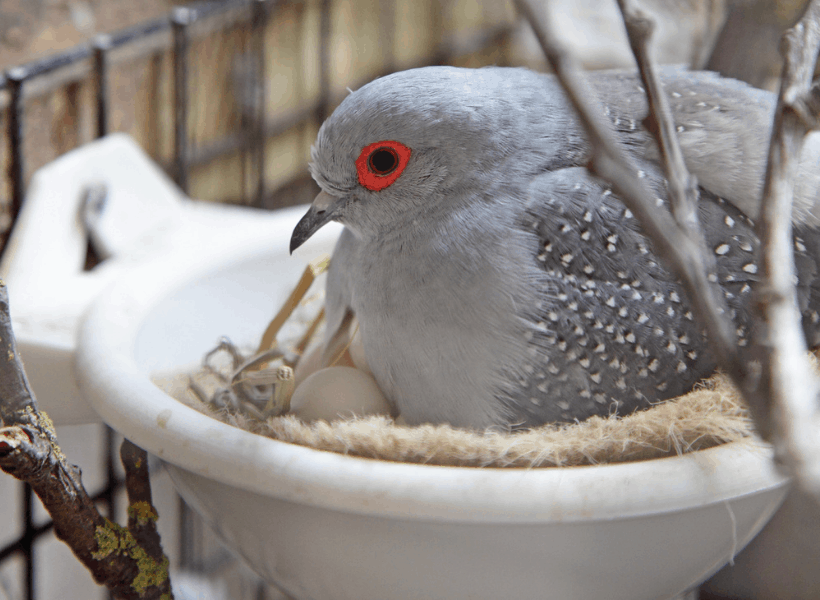
Doves only lay a maximum of two eggs per clutch and their turnaround time is rapid. Chicks hatch within two weeks and the parents both take turns in feeding the (very ugly) chicks.
At around two weeks old, they will fledge although they don’t always fly at first and may live on the floor of the cage or flight. Parents feed them for around another two weeks by which time the young should be up and flying.
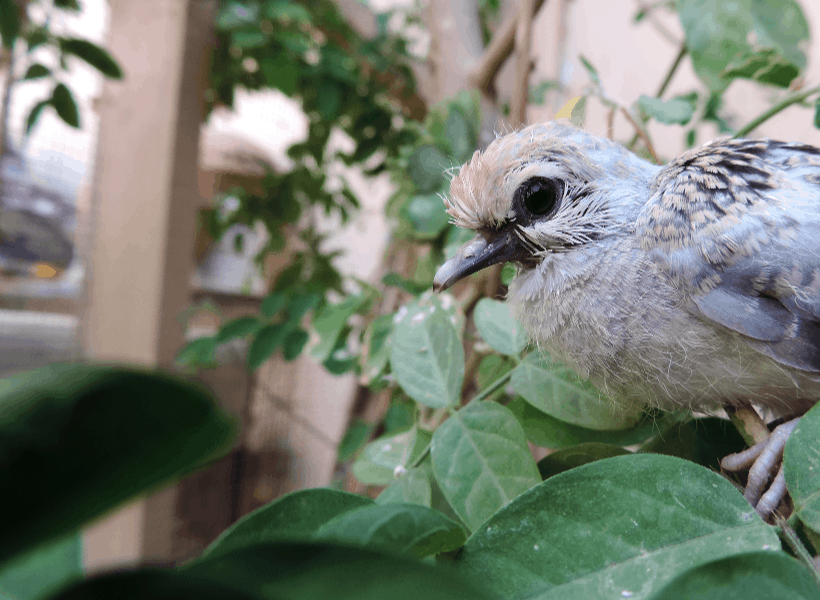
They can be prolific breeders, often laying eggs and sitting them even when they aren’t fertilised.
Great aviary species
Diamond doves are a great aviary species and ideal if you are quite new to birds. They are easy to keep and can breed in prolific numbers in basic conditions. They can manage in cages but to get the most from them and to see them at their best, aviaries or large flight cages are the best bet.


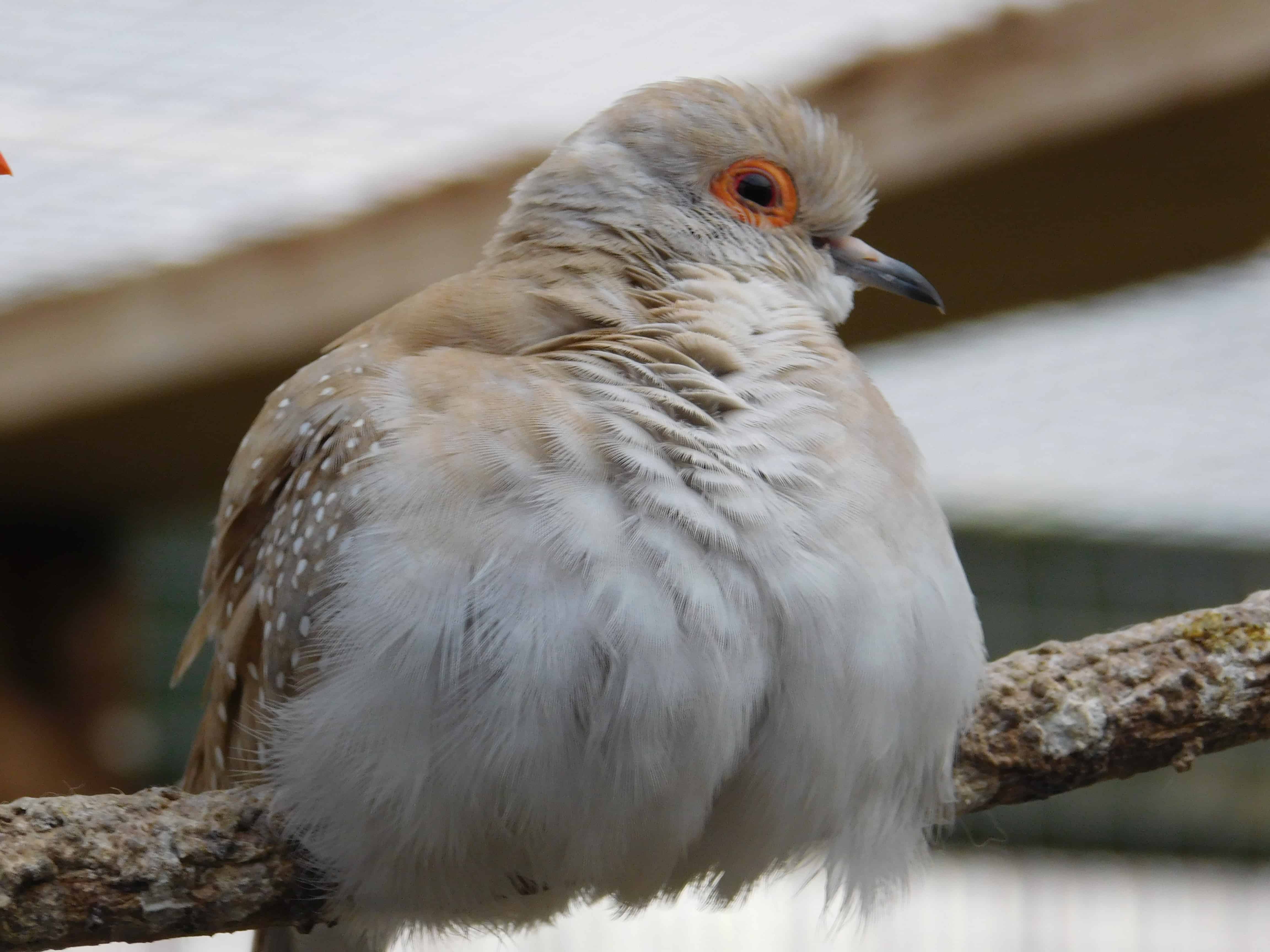

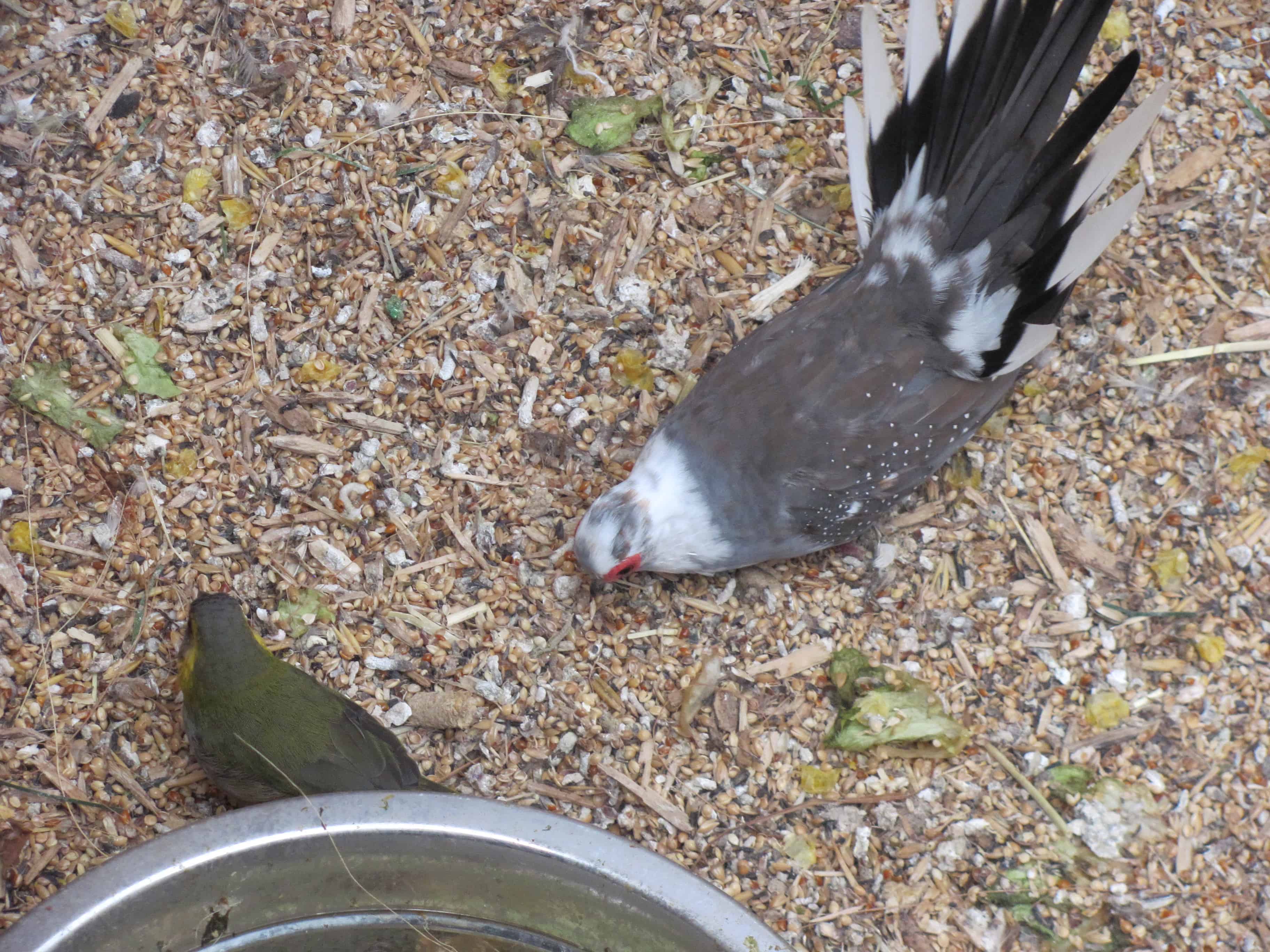
When they fledge you said they stay on the ground.I have some common quail and was wondering if it is problem as they pick at other adult birds which can fly away.
Good question. I’ve only had Chinese Painted Quail before and mostly I found they were good with fledglings, would often cuddle up with them. They could be more of a problem if a small bald chick fell to the floor as they thought it was a worm. However I’ve never kept common quail so not so sure. I would be a little cautious to be on the safe side and maybe see if you could keep the doves elsewhere.